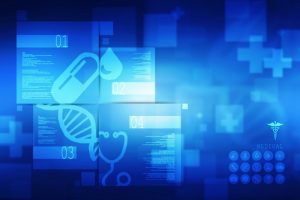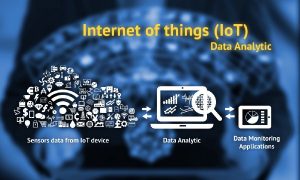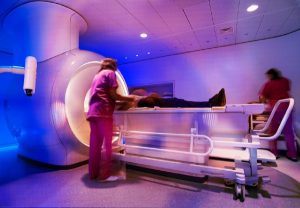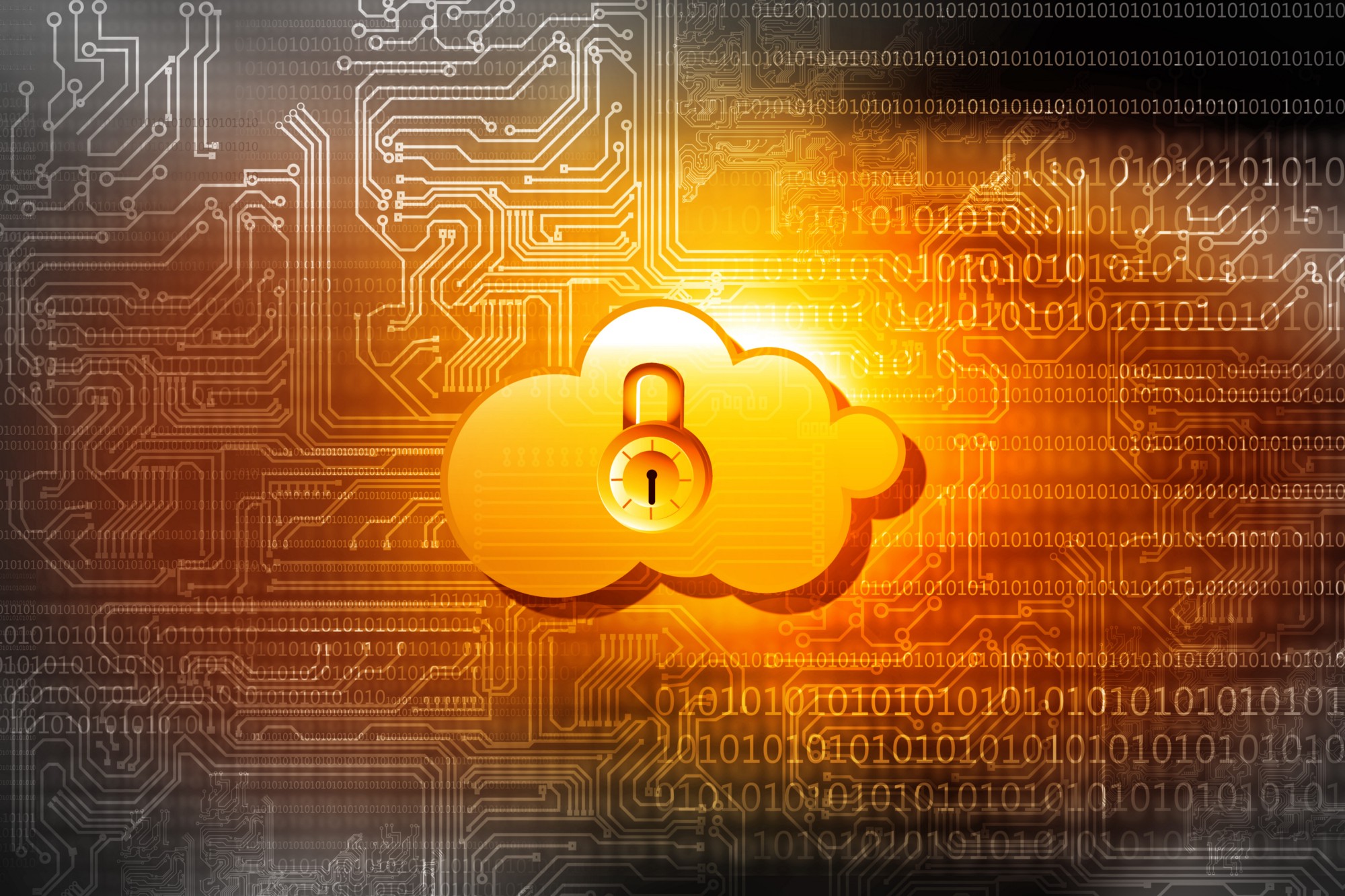As enterprise shifts towards a cloud-dominant data storage structure companies in charge of securing the worlds health data have been hesitant to make the jump. It is understandably so, a single breach can affect hundreds of thousands of people lives and cost tremendous amount of capital to remedy. However, we have reached a focal point in which the benefits of cloud computing are just too great to ignore, especially in the medical field. It also helps that major players in the industry have significantly improved the safety and functionality of their cloud platforms. Nowhere is this more true that with Microsoft’s Azure cloud and its products.
A short time ago, Microsoft was only a small player in the cloud space but thanks to CEO Satya Nadella impressive direction and foresight, Azure and its cutting edge cloud products were born. This was a smart play for Microsoft as because almost all healthcare provider utilize Microsoft 365 products. Their name carries weight and has a huge comfortability factor with health organizations. Once Microsoft had developed their Cloud, one of the most secure Cloud platforms in existence, it became an obvious next step for the technological expasion of these health organizations. Eventually stakeholders started warming up to the idea, despite initial hesitancy around information security.

To further accelerate Azure’s product set to embrace emerging technology needs in the healthcare space and others, Microsoft introduced their Azure IoT Hub. IoT is quickly becoming a crucial element of the medical care industry. From asset/personnel tracking, to wayfinding, down to remote patient monitoring, existing and new applications for IoT are being deployed daily to supply the existing business need and sometimes create needs that haven’t even been identified. These new systems are reducing costs for providers and increasing patient satisfaction immensely even in the technologies relative infancy. The IoT Hub Microsoft created to support this industry is a complete managed service providing reliable and secure bidirectional communication at a scale of millions of IoT devices all corresponding perfectly with the networks back end. Additional functions have been built into the Hub like the capability of supporting large scale messaging between the entities both from the devices as well as back from the cloud, crucial for enterprise applications of IoT. Other new features like encrypted messaging, device diagnostics, and identify management are must haves for Microsoft’s HIPAA compliant customers.

All of this data surprisingly is rather useless unless there is a strong analytics platform to back it up. Luckily, Azure’s got you more than covered there as well. Stream Analytics, a highly robust Microsoft platform, enables the transmission and reformatting of data while simultaneously searching for certain hard coded parameters, often called triggers, that creates some alert or action to the end user whether it be something simple like asset location or something as crucial as heart beat irregularities. These enable what is known as real-time alerts and it is something that has become a common aspects of emerging healthtech and biotech devices. Events triggered on someone’s medical IoT device can have a massive impact on their ability to remedy the situation and receive the help they need quicker than without any warning. The Stream platform enables a wide variety of devices at enterprise scale, great for the diverse IoT needs of hospitals and medical clinics.
As IoT sensors increase in complexity Machine Learning becomes a crucial aspect for triggering precise events contingent on multiple collected variables. Training the software on enough use cases will allow the software to recognize the pattern effectively and take precise action to remedy. Azure’s Stream platform also boast an impressive Machine Learning Studio built in as one of its product offerings, allowing greater ease in training the software to detect these more sophisticated events and alerts. Microsoft even allows for previous data to be uploaded and used to train the new software on already pre-recognized patterns by the customer. Things like abnormal heart rate data points or machine maintenance indicators can be uploaded into the platform if previously collected and enable the software to begin looking for specific triggers which produces highly specialized alerts based off that data. In the healthcare space complex events will be common, say when a patient’s data can trigger both personnel and assets to be deployed to their room based off the ML software’s detection of troubling vital signs. Alerts of this nature have to go to multiple sensor systems and provide locations, ETAs, way finding, asset/personnel availability, and a slew of other necessary data points to ensure a well rounded solution to help the patient.

Visualization techniques and storage of this data are the final pieces of Azure’s product offering. Without proper storage or ways to effectively view the data though, much of this effort is futile. But don’t worry, Microsoft is ahead of the game on this one as well. SQL Database, SQL Data Warehouse, DocumentDB and PowerBI are all products able to store and visualize the collected data to ensure usability within the enterprise. As much of the sensor data comes in unstructured, or NoSQL, it is important to fork the important data into structured sets that can tie in with the existing enterprise platforms. Azure’s platform makes this process as simplistic as possible to ensure maximum functionality with their products.
In recent years their has been a large uptick in 3rd party products that interact seamlessly with the Azure platform. No where have we seen a greater increase than in the healthtech and biotech sectors for Health Care. Companies like Weka use Azure to monitor the temperature of vaccine storage refrigerators at thousands of locations to ensure product quality and safety throughout its entire product lifecycle. In places where the supply chain can have issues reaching, like very remote areas, this is especially crucial in providing a strong quality of care to those with the least access. Other companies like GOJO monitor usage of sanitary stations within hospitals and clinics collecting millions data events to elevate the standards of patient care and staff compliance. As for in-vitro monitoring capabilities, Roche leads the industry in creating IoT-based, non-invasive diagnostic techniques searching for diseases, determine causes, monitor patient progress, and increase positive outcomes for the long term. Each of these companies have partner with Microsoft to ensure seamless communication and functionality with their connected products.

With all that Microsoft has to offer in this area it is hard to imagine many healthcare organizations not taking this crucial step for their business. With their ability to provide automated updates, an easy migration process to those already using Windows 365, consistent updates and patches, and 24/7 onsite security at the data centers it is hard to imagine full adoption is that far off. Add this to Azure’s extensive benefits and healthcare begins to take a much more patient and data centric turn.
Microsoft and its Azure Cloud is a natural and seamless choice for many of our tech forward healthcare clients. While it is by no means the cheapest, it is by far one of the most effective and secure clouds that we integrate regularly. With their additions to their platform for IoT and its robust security, it will easily become the most prominent provider in the field and beyond it in the years to come. We will continue to utilize the platform and Azure’s new tools to greatly increase satisfaction at our client’s site while also reducing issues that arise during the implementation process.


